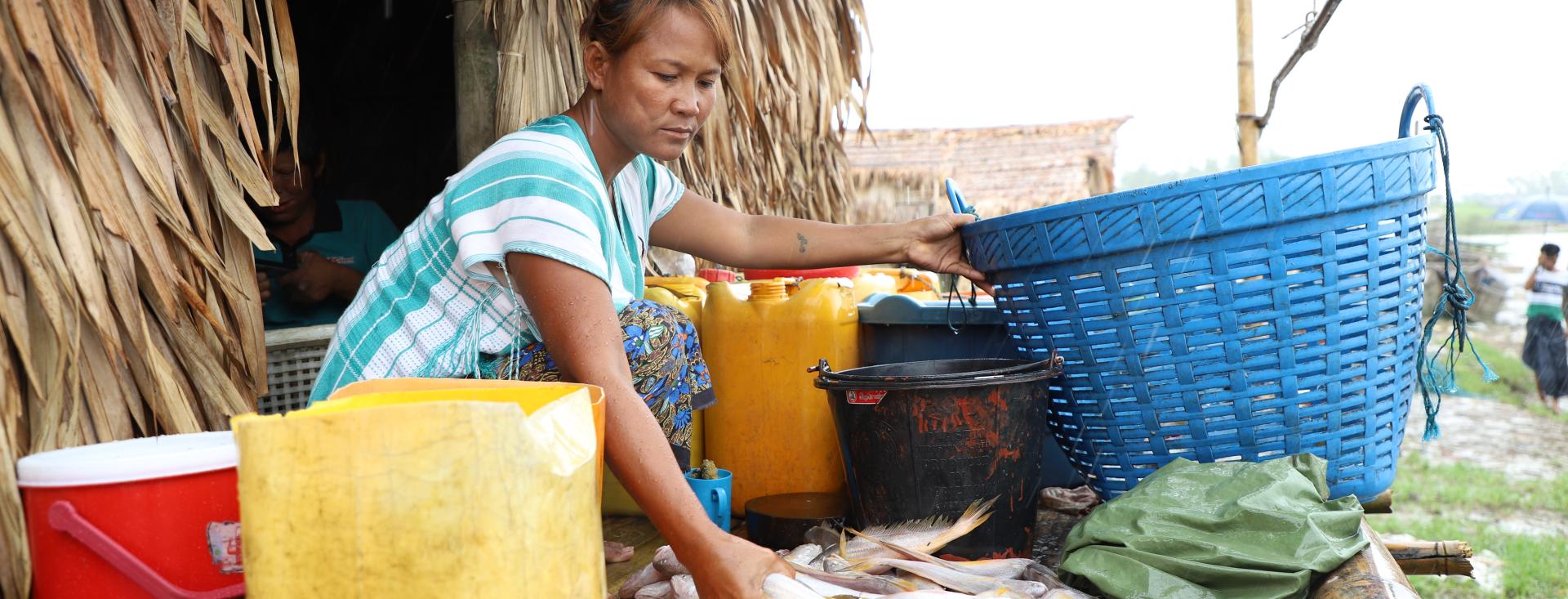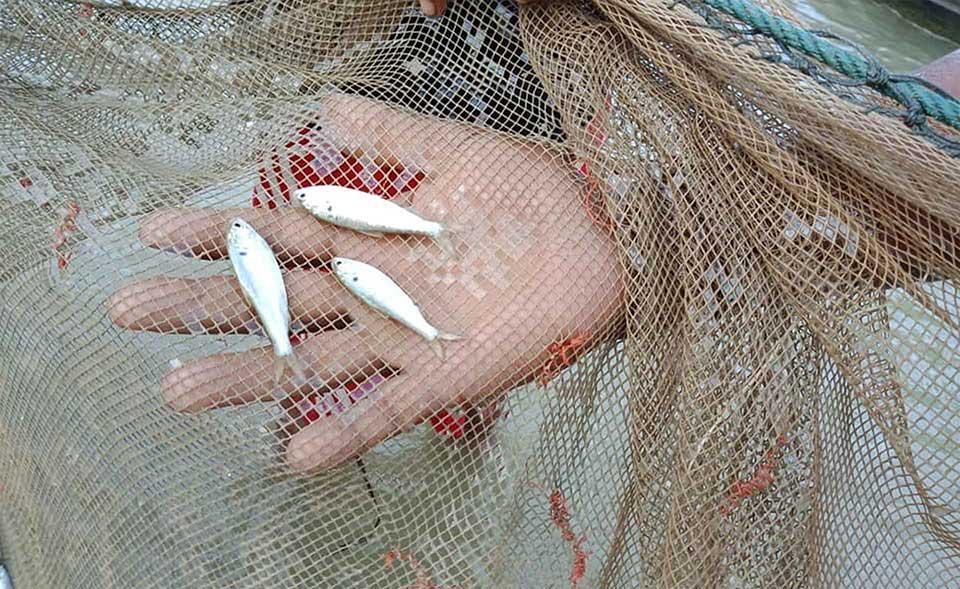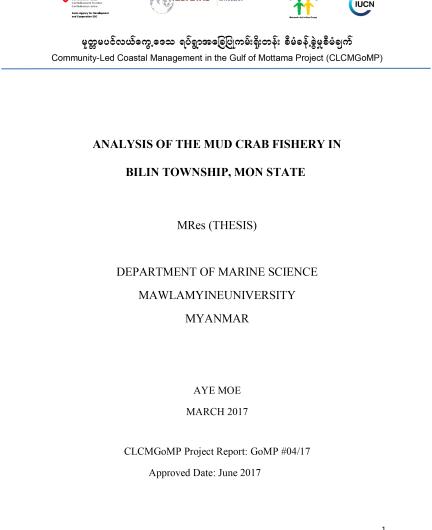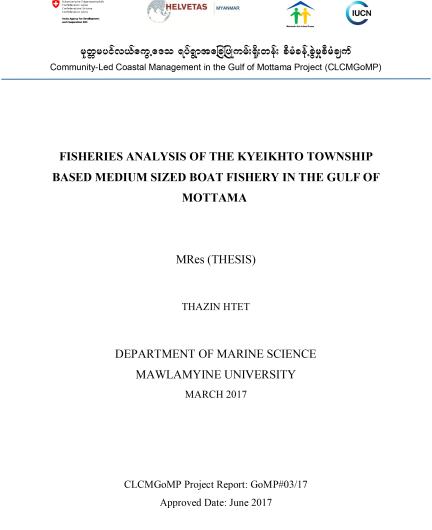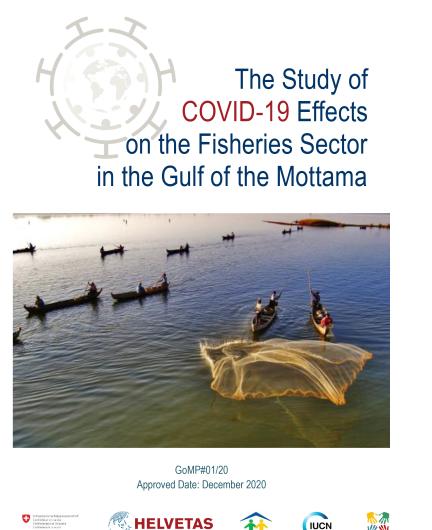The major livelihood of the communities in the coastal area is largely depending on fisheries for their family incomes. Fish are selling at the local markets for local consumption and export to China and Thailand.
Fishery
Fishery
The major livelihood of the communities in the coastal area largely depends on fisheries for their family incomes. Fish are sold at local markets for local consumption and exported to international markets such as China and Thailand.
However, due to the volume of fish, the stock has declined dramatically, which affects the livelihood sustainability of small-scale fishermen. According to the communities, many families lost their businesses because of unsufficient fishery resources due to the widespread illegal fishing in the Gulf of Mottama Area. Many fishermen have migrated to neighboring countries, especially Thailand, to seek job opportunities in order to support their families.
The Gulf of Mottama Project has been working for many years in the area with the aim of promoting the fishery value chain, aquaculture activities at the community level, and improving fishery resources and governance through the creation of fishery co-management. Many fishery research projects have been conducted in collaboration with government agencies, the private sector, and academics from local and international universities.
Key Highlights
The volume of fish stocks has declined dramatically, which affects the livelihood sustainability of small-scale fishermen. The decline of fish stocks is caused by mismanagement of fishery resources and widespread illegal fishing with the use of small mash nets. Although the efforts to combat illegal fishing were made by the Fishery Development Association, many fishermen are taking advantage of current political changes and continuing to use illegal fishing practices.
Photo © Myint Oo - The use of illigal fishing nets by fishermen in the Gulf of Mottama fishing area
Additional Resources
The study on the fishery of crabs was carried out from Pouk Taw, Thein Chaung, ThaPyayKone, Ywar Tan Shay, Taung...
A fishery value chain refers to the full range of activities that are required to bring fish from capture, through...
A total of 40 species belong to 35 genera under 23 families and 10 orders were recorded in the study area during...
Fisheries are very important in Myanmar for both income and local consumption. There are, however, very...
The global pandemic COVID-19 has rapidly spread around the world with catastrophic impacts on social and economic...
At the initiation of the CLCMGoM Project there was little systematic information available on the fishery and...
